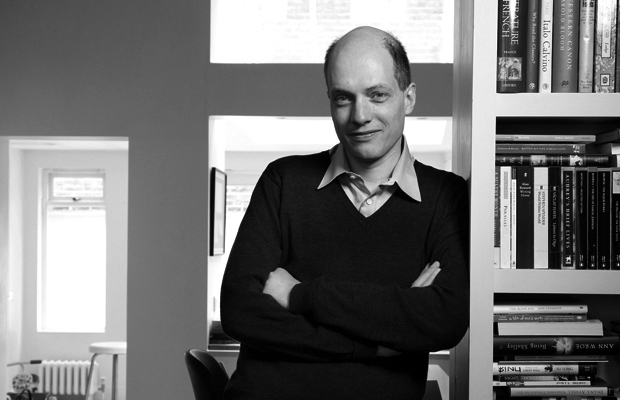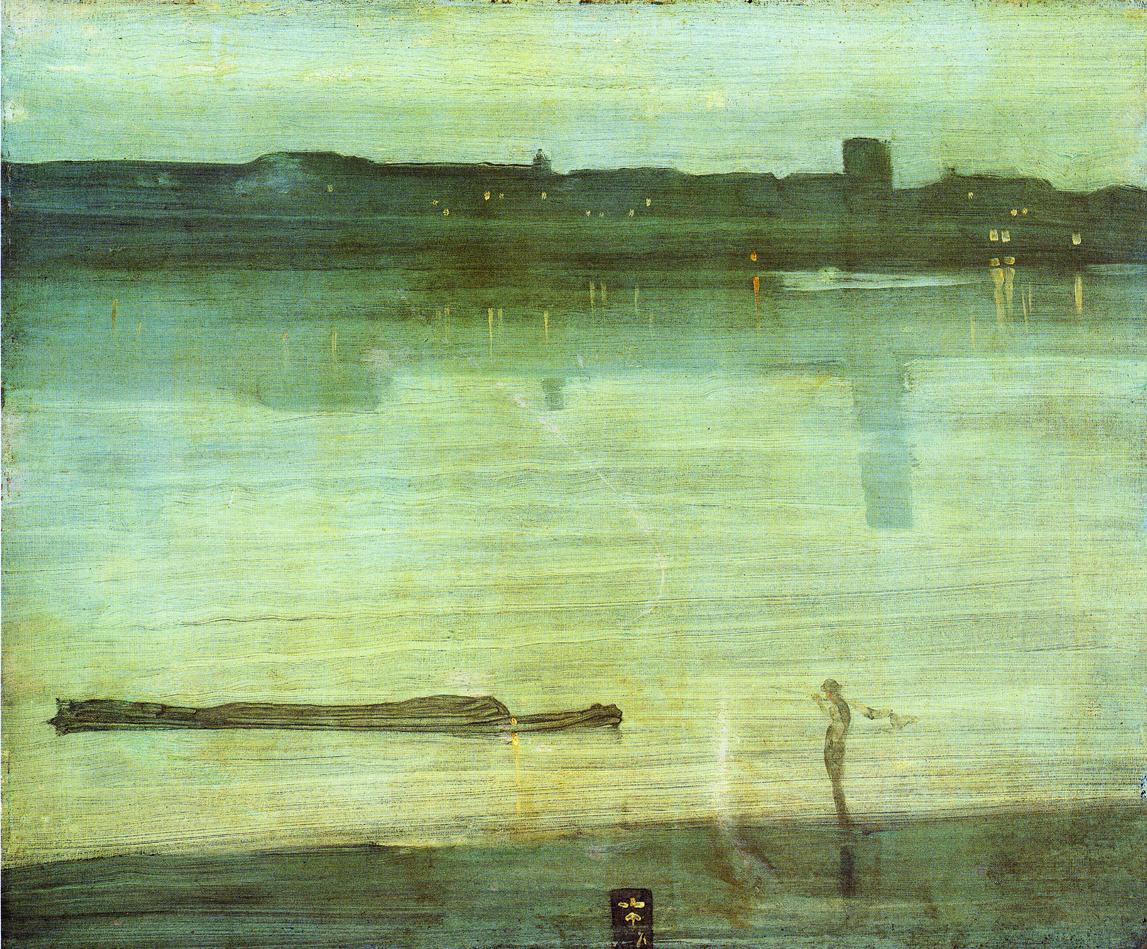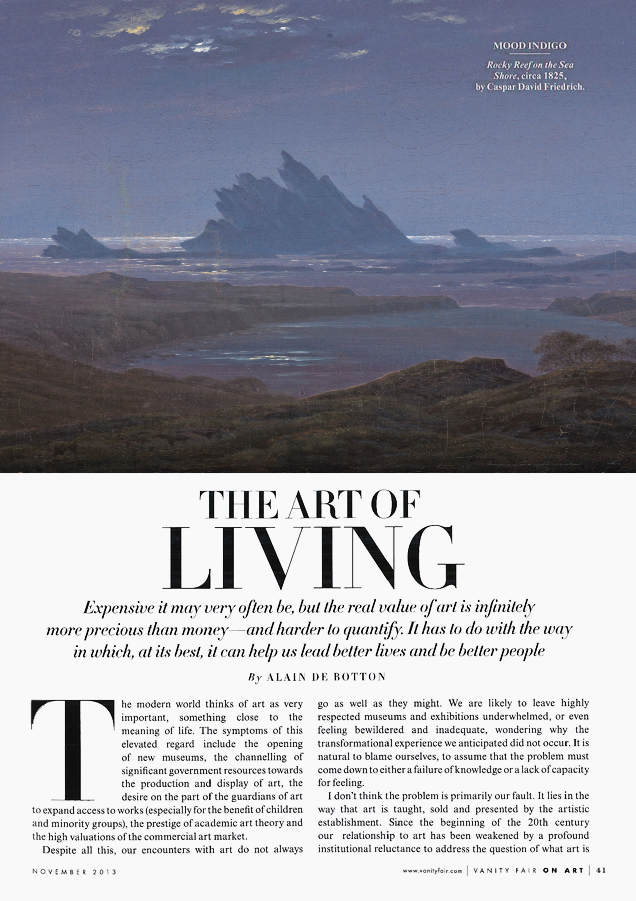
Art As Therapy proves (very) popular
Alain de Botton's guide to the therapeutic quality of art has had a great press reaction. We'd like to share some of it
We always knew Alain de Botton and John Armstrong's book, Art As Therapy, was timely but it's still been satisfying to see just how many commentators share Armstrong and de Botton's view of the usefulness of art. Gwyneth Paltrow for one is a fan. On her Goop newsletter and website, the actress writes, "when I read through Art as Therapy, paintings that I have long admired suddenly become new when seen through the filter of self awareness and exploration. Really a gem of a book."
Artbook@MoMA PS1 meanwhile writes, "Clearly, De Botton and Armstrong defy the typical ways in which we are told to respond to art and encourage us to explore the boundless emotional knowledge we are subject to gain as a result of art." Vanity Fair admires the book's range and reach; it "massages the mind in all the right places" the magazine says.
On the New Yorker's Page Turner blog, the book is described as "large, beautifully designed, and filled with images of paintings and sculptures alongside explanations of how those artworks might be approached in a more personally helpful, therapeutic way."

In Tate Etc, the Tate's members magazine, Alain selects Sir Nathaniel Bacon's Cookmaid with Still Life of Vegetables and Fruit (c. 1620-1625) for a sympathetic take on consumerism; William Dyce's Madonna and Child (c. 1827 - 1830) for reminding us of power of maternal love; and Richard Long's A Line Made by Walking (1967) for the way in which it highlights the merits of the ordinary life.
In Elle Decoration Alain stresses the importance of everyday beauty. "In the middle of Frankfurt, Milton Keynes or Slough, the overwhelming ugliness hacks away at our soul," he writes. "What we most need from beautiful things is hope: hope that, despite the evidence, life can sometimes be made serene, hopeful, kind and meaningful." In Psychologies magazine, he writes that Johannes Vermeer's Woman in Blue Reading a Letter (c. 1663) could help with remembering. "Johannes Vermeer deserves his status as a great artist because he knows what to commemorate and what to leave out," Alain argues. "Art is a way of preserving experiences, of which there are many transient and beautiful examples, and that we need help containing."
Richard Cork writing in RA, the Royal Academy's magazine, says Art as Therapy offers "a highly optimistic vision," and "roams widely through subjects as immense as love, nature, money and politics." Mayfair magazine also describes it as "a true meditation on the power art has to transform our lives," while the Bookseller lists it in its highlights of this season. The Daily Mail's site, meanwhile, believes the book picks up on a burgeoning therapeutic fashion. "Art therapy is a growing trend in which paintings, sculptures, and other artwork is used to help deal with everyday stresses."

Elsewhere, publications have given the book's authors the opportunity to share their therapeutic insights. John and Alain answer Londoner's problems in the pages of Time Out, recommending Tracey Emin's Hate and Power Can Be a Terrible Thing (2004) for anger; Piet Mondrian's Composition B (No 11) with Red (1935) for stress; and Whistler's Nocturne in Blue and Green (1871) for boredom. Alain is also interviewed, and, in the piece, the philosopher questions the uses of art, if his therapeutic approach is ignored. "What are you supposed to do if you love art?" he asks. "Do you become a scholar of art? Do you become an art critic? Do you write about art? Our answer is that one should try to take the values that one admires in works of art and enact them, and make them more vivid in the world."
It's a point that he carries over into his Stylist magazine interview, wherein Alain rebuffs any critics who think he's dumbing down art. "To such people, the very concept of self help is banal, presumably because they believe that no-one needs help and anyone who offers it is suspicious," he says. "I find that so lonely - it's a terrible thought that there is nothing that anyone can say that will help you."
Thankfully, such unbelievers appear to be pretty thin on the ground. View a gallery of pictures from the book here. Read some of Alain's insights here. And, buy the book from the people who made it, here.